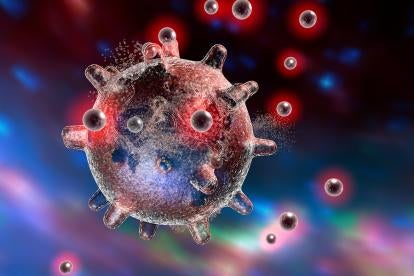On August 30, 2017, Environmental Science & Technology, an American Chemical Society (ACS) publication, published a study entitled “Characterization and Control of Nanoparticle Emission during 3D Printing.” According to the abstract, the study aimed to evaluate particle emission characteristics and to evaluate several control methods used to reduce particle emissions during three-dimensional (3D) printing. Experiments for particle characterization measured particle number concentrations, emission rates, morphology, and chemical compositions under manufacturer-recommended and consistent-temperature conditions with seven different thermoplastic materials in an exposure chamber. Eight different combinations of the different control methods were tested, including an enclosure, an extruder suction fan, an enclosure ventilation fan, and several types of filter media. The nanoparticle emission rate was at least one order of magnitude higher for all seven filaments at the higher consistent extruder temperature than at the lower manufacturer-recommended temperature. The abstract states that among the eight control methods tested, the enclosure with a high-efficiency particulate air (HEPA) filter had the highest removal effectiveness (99.95 percent) of nanoparticles. The authors’ recommendations for reducing particle emissions include applying a low temperature, using low-emitting materials, and instituting control measures like using an enclosure around the printer in conjunction with an appropriate filter (e.g., HEPA filter) during 3D printing.
Study Examines How to Reduce Nanoparticle Emissions during 3D Printing
Tuesday, September 12, 2017




 i
i


